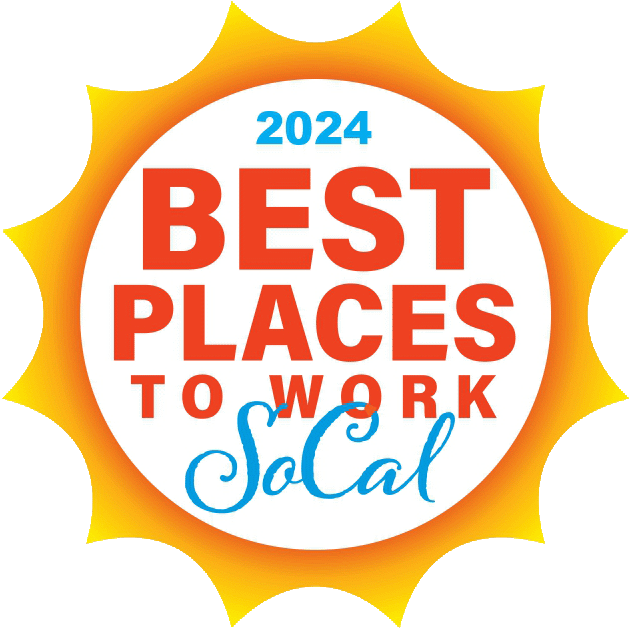By Jeff Canfield, project executive, C.W. Driver Companies
Despite the multitude of challenges brought by 2020, multifamily has remained incredibly resilient. People will always need a place to live, and are relying on their living spaces more than ever amidst the pandemic. The sector will likely continue to remain strong throughout 2021, with some key trends to watch that will impact multifamily construction and development as the industry continues to evolve while ensuring that apartment communities are catering to renters’ needs.
Demand Increases for Affordable and Senior Housing
According to the National Low Income Housing Council, there are 1.3 million extremely low-income households in California, but just over 300,000 affordable and available rental homes. With a deficit of nearly 1 million units for those at or below extremely low income and a shortage of 1.4 million units for those at or below 50% AMI (area median income), there is significant demand for more affordable multifamily projects. This shortage, coupled with the fact that financing is still widely available for these projects, means that affordable multifamily developments will likely be the dominant multifamily project type in many areas in 2021.
Senior housing is another product type that will likely see quite a bit of activity in 2021, as the aging population continues to drive demand in this market. Student housing, however, is less known, as colleges and universities evaluate when and how they will return to campus and in-person classes. There are still opportunities in the market rate space. Still, given the pandemic’s challenges, tightening lending requirements and dropping rent in some regions, it is more difficult for these projects to pencil than in years past.
Multi-Purpose Amenity Spaces
While co-working and home workspaces have been increasing in demand in recent years, the large number of people working from home due to COVID-19 has made them essential. With work-from-home expected to continue long after the pandemic for many industries, developers are incorporating dens and home office space in-unit, often designing these with flexibility in mind so they can be used for multiple purposes. While many public multifamily amenities are closed at the moment, flexible spaces within the community for people to co-work and socialize are also in high demand. Fitness facilities are another important amenity for multifamily projects, particularly given an increased comfortability with working out outside of traditional gyms during the pandemic.
Modular Construction Adoption
Modular or prefabricated construction has gained popularity in recent years, with many in the commercial real estate industry touting the efficiencies created by this construction method. Recently, we have seen many developers requesting that both traditional construction methods and modular be considered when planning a project, which is the smart way to approach it. Modular is not the solution for all projects, and each situation should be evaluated individually to assess whether modular makes sense. This decision should be made during the early stages of pre-planning, as it impacts every step of the project and increases efficiencies. More prefabrication manufacturing facilities have opened in recent years, but the risk of relying on a single entity remains. The prefabrication market can be somewhat volatile, with the major players changing frequently. However, significant resources are being invested into modular construction that are making it more reliable. As with any technology, the more commonplace it becomes, the more streamlined it will be, and we expect it to become even more widely adopted in 2021.
Right now, there isn’t a significant cost difference between traditional construction methods and modular – although when prevailing wage, union and other labor requirements exist, modular does become more competitive. The cost-effectiveness could also change as more modular projects are developed. Regardless of the construction method, wood framing remains the dominant material used in multifamily projects.
Affordable housing development, a rise in amenities catering to those working from home and modular construction are all key trends to watch for in multifamily construction in 2021, as the industry continues to adapt amidst COVID-19 while looking ahead to an even brighter outlook in Q3 and beyond.
As Seen In


